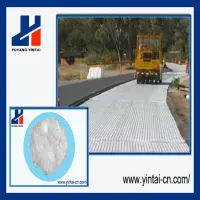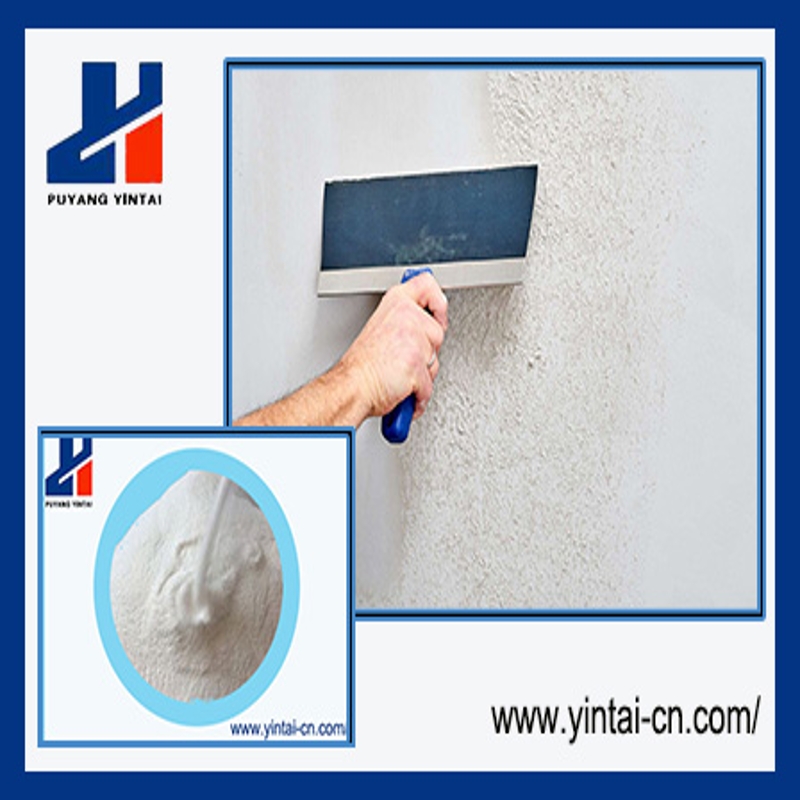-
Categories
-
Pharmaceutical Intermediates
-
Active Pharmaceutical Ingredients
-
Food Additives
- Industrial Coatings
- Agrochemicals
- Dyes and Pigments
- Surfactant
- Flavors and Fragrances
- Chemical Reagents
- Catalyst and Auxiliary
- Natural Products
- Inorganic Chemistry
-
Organic Chemistry
-
Biochemical Engineering
- Analytical Chemistry
- Cosmetic Ingredient
-
Pharmaceutical Intermediates
Promotion
ECHEMI Mall
Wholesale
Weekly Price
Exhibition
News
-
Trade Service
1.
From the perspective of the safety of synthesis, post-processing, purification and storage, the following four basic safety awareness are required:
(1) Organic azides and polynitrogen compounds are potentially explosive.
(2) When designing the route, if the intermediate or target product is an organic azide compound, the explosion risk needs to be considered.
① The atomic number ratio
The ratio equation of the total number of carbon and oxygen atoms to the number of nitrogen atoms is
When the atomic ratio of the target azide compound is ≥3, it can be considered to have a sufficient safety factor, but the total amount should also be limited during its synthesis, post-processing, separation and storage, and the maximum should not exceed 30g
Please refer to Table 26-1 for atomic ratio and related operations
Table 26-1 Atomic number ratio and corresponding related operations
②Azide ratio
A new term "azide ratio" is to be defined here
In the formula, n represents the number of azido groups; M represents the molecular weight
This ratio is usually used to consider the explosiveness of organic azide compounds
③The explosive energy ratio
The explosive energy ratio is the value of the molecular exothermic decomposition energy (kJ/mol) divided by the molecular weight, and it is measured by the exothermic enthalpy change △H
Experience has shown that when the explosive energy ratio of organic azides exceeds 0.
(3) Do not use halogenated hydrocarbons (such as dichloromethane and chloroform ) as solvents in the reaction involving sodium azide , so as to avoid the formation of more explosive methane diazide and methane triazide
(4) Relevant waste should be put into independent, dedicated and clearly marked containers, especially not in contact with acid, so as to avoid higher sensitivity (explosion) and higher toxicity of HN3 (the sinking point is only 36°C)
.
If the concentration is greater than 14%, even if there is no oxygen, the vapor of hydrazoic acid is very sensitive to vibration, and it will explode even if there is a slight vibration.
Moreover, the toxicity of HN 3 is close to that of HCN
.
According to the national standard GBZ/T160.
29-2004, the maximum allowable concentration of hydrazoic acid in the workplace is 0.
2mg/m
.
Special requirements are required for engineering protection and personal protection
.
There is a linear relationship among atomic number ratio, azide ratio and explosive energy ratio.
Through the evaluation of the three aspects, the explosion hazard can be basically understood
.
Related Links: Azide Reagents and Reactions Participated (1)







